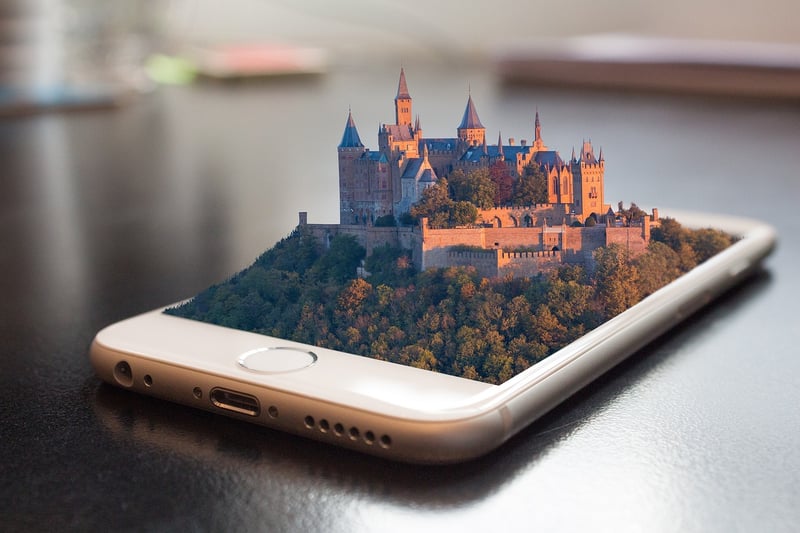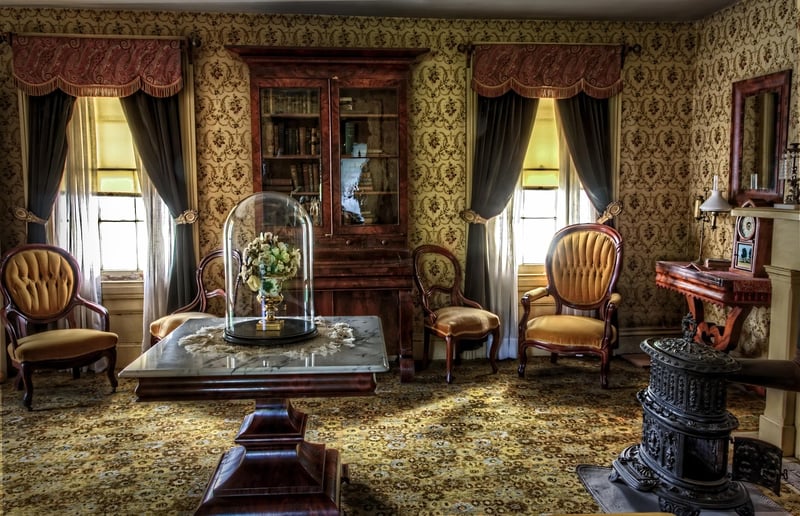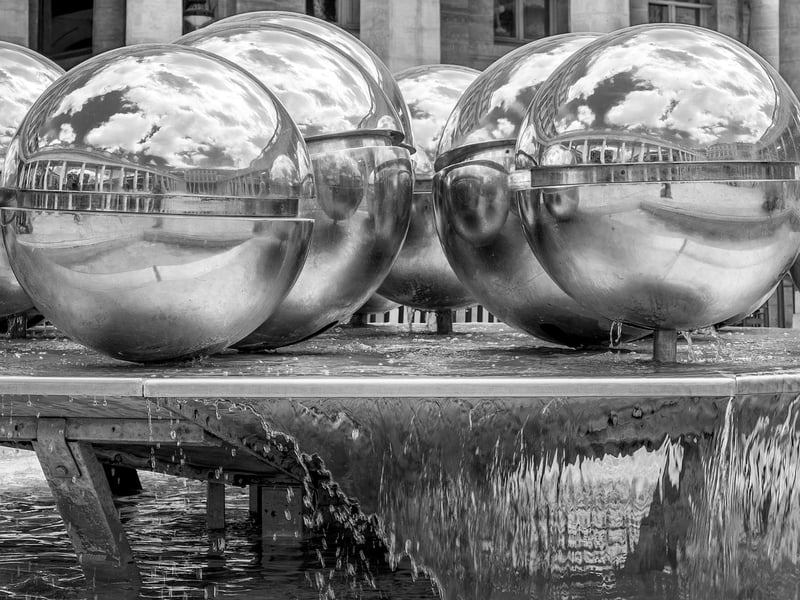VR Art Installations
The Future of Design: VR Integration and VR Art Installations
In recent years, Virtual Reality (VR) has revolutionized various industries, including design and art. This cutting-edge technology offers immersive experiences that push the boundaries of creativity and innovation. Let's explore how VR integration is transforming the world of design and how artists are leveraging VR for captivating art installations.
VR Integration in Design
VR integration in design has opened up a world of possibilities for architects, interior designers, product designers, and more. By utilizing VR technology, designers can create realistic 3D models of their projects and immerse themselves and their clients in virtual environments before the actual construction begins.
With VR, clients can take virtual tours of buildings, interiors, or products, providing them with a better understanding of the final outcome. This interactive experience allows for real-time adjustments and feedback, leading to enhanced collaboration and ultimately better-designed spaces and products.
Benefits of VR Integration in Design:
- Enhanced visualization of projects
- Improved client communication and feedback
- Cost-effective prototyping and testing
- Streamlined design processes
- Increased efficiency and accuracy
VR Art Installations
Artists are also embracing VR technology to create mesmerizing art installations that transcend traditional boundaries. VR art installations provide viewers with an immersive sensory experience, blurring the lines between the physical and digital worlds.
Through VR art installations, artists can transport audiences to surreal landscapes, interactive narratives, and mind-bending creations that challenge perceptions and evoke powerful emotions. These installations often combine visual art, sound, and interactivity to create unforgettable experiences.
Key Features of VR Art Installations:
- Immersive storytelling
- Interactive elements for viewer engagement
- Audio-visual stimulation
- Exploration of virtual worlds
- Pushing the boundaries of traditional art forms
Conclusion
As VR technology continues to evolve, its integration into design and art opens up new avenues for creativity and expression. From enhancing design processes to creating awe-inspiring art installations, VR is reshaping how we perceive and interact with the world around us. Whether you're a designer looking to revolutionize your workflow or an artist seeking to push the boundaries of art, VR offers endless possibilities for innovation and exploration.
Embrace the future of design and art with VR integration and VR art installations!


